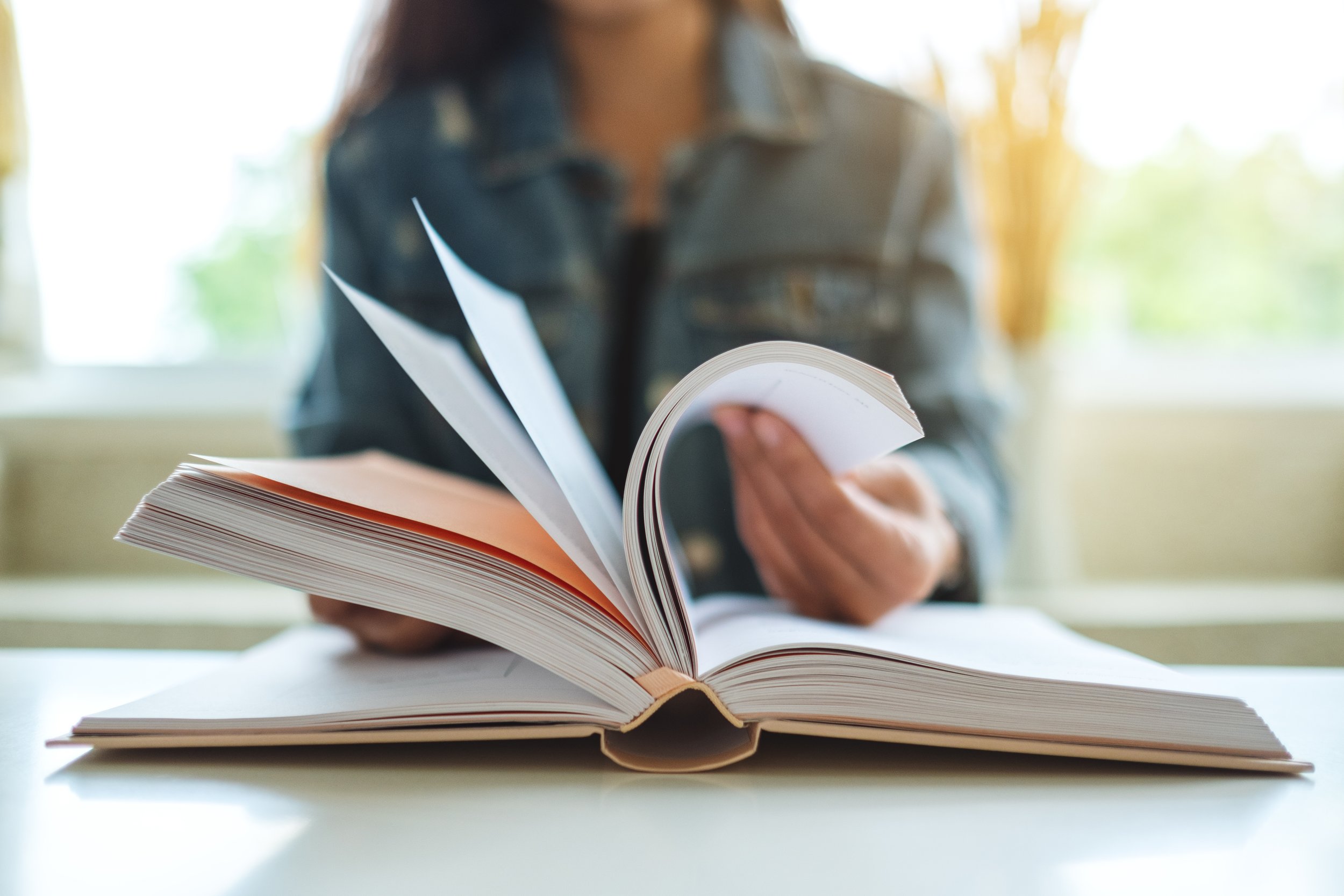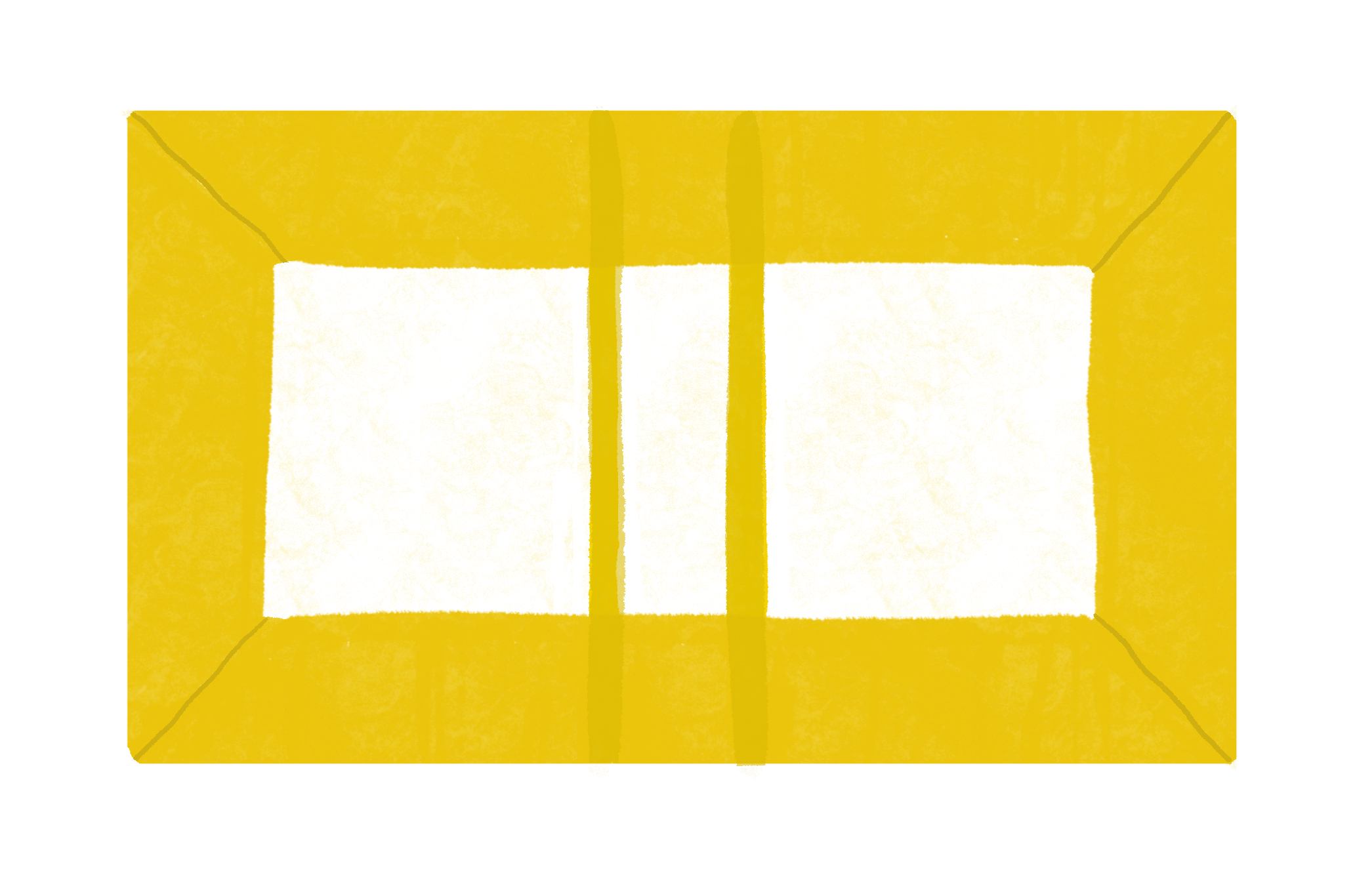The Book Design Process
In this section: Book Anatomy • Cover Design • Picture Books • Things to Consider • Pricing
Before hiring a designer, it’s imperative to understand how the process works, the general pricing involved, how you want your book to look and what you’ll need to have prepared. And definitely take a look at a designer’s portfolio and/or public social media to ensure that their work and style aligns with your vision.
But first, take a look below at the three main formats, the physical components of a book, and what book designers generally focus on.

Book Anatomy
Formats
Jacketed Hardcover
Books comprised of sturdy paperboard covers, sewn binding, and a wrap-around removable jacket that serves as a decorative and protective covering.
Paper-Over-Board
Hardcover books without a jacket, where the fully designed cover is wrapped and glued to paperboards.
Paperback
Books with covers made of thicker, flexible paper and usually held together with glued binding.
Paperback with French Flaps: Paperbacks with flaps that fold in to provide extra space for content about the book.
Formats for Young Readers
Picture Book: Usually a jacketed hardcover or paper-over-board book with 32 or 40 pages.
Board Book: Small books made of sturdy paperboard to withstand wear and tear from babies and toddlers.
Standard Trim Sizes
Standard dimensions for novels:
5”x8”, 5.5”x8.25”, 5.5”x8.5”, 6”x9”, 6.125”x9.25”
Standard dimensions for picture books:
8”x8”, 8”x10”, 8.5”x11”, 10”x10”, 9”x11”
Common Design Terms
Back matter: Content at the end of a book that’s separate from the main story (author’s note, acknowledgments, photo credits, bibliography, etc.).
Bleed: Excess paper or printed content that goes beyond the edge to be trimmed off.
Body copy: The main text within a design.
Case (or case cover or cover wrap): A cloth or laminated paper that serves as a decorative wrapping and is pasted to the exterior boards of the book. For picture books, the jacket art (minus the flaps) is usually reused.
Folio: Another term for the page number.
Front matter: Content in the beginning of a book that’s separate from the main story (title page, copyright, dedication, table of contents, etc.).
Gutter: The small blank space in the center of a book spread or between columns of text.
Interior: The actual pages that comprise the inside of a book. Or any part of a book that’s not the cover or jacket.
Margins: The amount of space between the edge of a page and the start of a text block.
Pagination: A book’s pagination refers to the numbering of the pages or how content is laid out to achieve a specific number of pages. Hardcover books typically consist of signatures, which are a group of 16 pages. Signatures are sewn or glued together to create the final bound book.
Pastedown: Blank or decorative papers that are glued to the inside of the front and back boards to conceal the cover wrapping. They can also serve as endpapers or part of the book’s pagination in picture books.
Proof: A printed or digital sample of a specific part of a book, usually used to review and approve final color tones, tints, and shades for cover and interior artwork.
Recto: Right-hand page of a book spread.
Spot art: A small piece of artwork that sits on its own without a full background. Think of it as a “cut out” that emphasizes a specific element, scene, or character.
Trim size: The final cut down measurements of a book or printed piece. Also simply known as the size of a book.
Spread: A set of two pages (side by side) of an open book.
Verso: Left-hand page of a book spread.
As you work with a designer, they’ll most likely mention one or more of these terms. And now that you have them down pat, it’s time to take a deep dive into the cover process.








